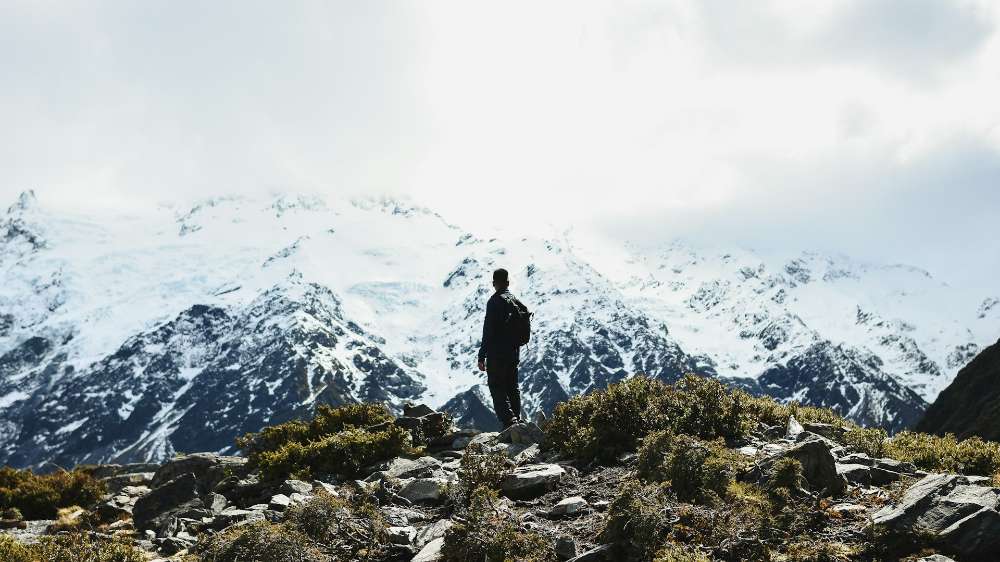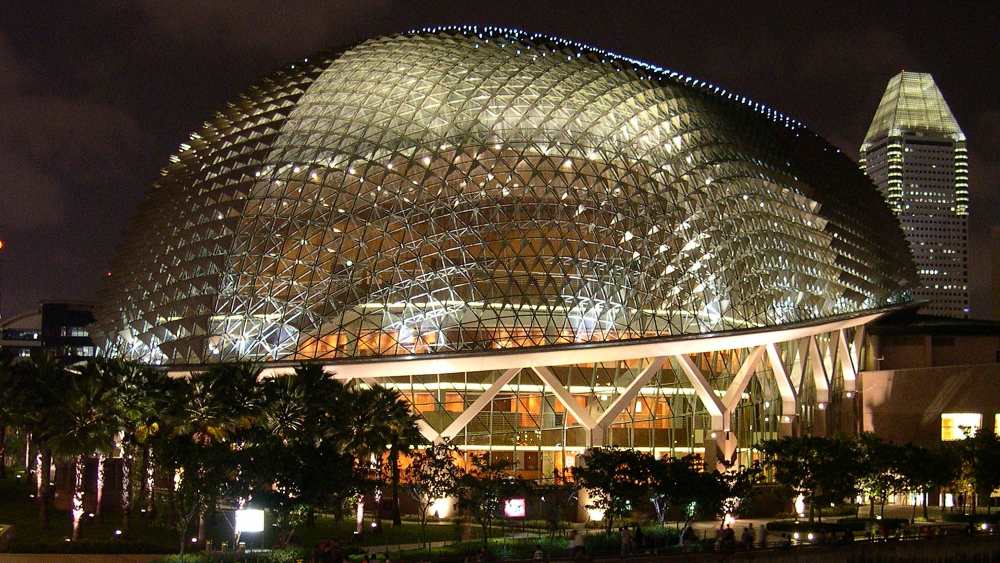Tired Of Tourist Traps? These Asian Hikes Will Take Your Travels To New Heights
While most people flock to more mainstream destinations to recharge, why not consider an elevated experience (literally) to recharge from the stress of your daily life?
We have curated a list of stunning hikes in Asia below, along with the estimated difficulty indicated by the ∆ metre, with ∆∆∆∆∆ being the most difficult.
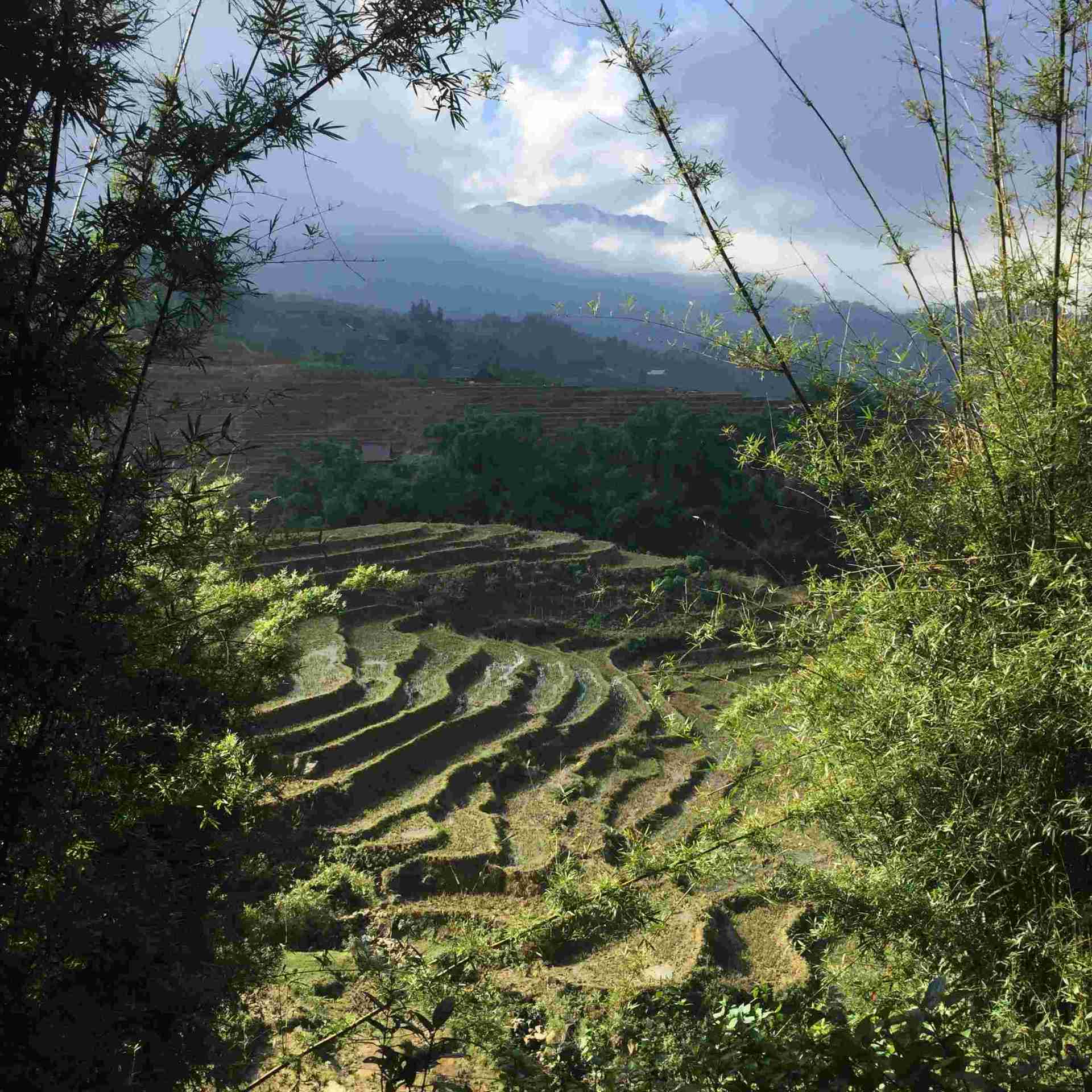 IMAGE: UNSPLASH
IMAGE: UNSPLASH
Sapa Valley, Vietnam
Difficulty: ∆∆
Best time to visit: Spring (Mar-May) or Autumn (Sep-Nov)
Picturesque rice terraces and chilly weather – what’s not to love about Sapa? Approximately 350km northwest of Hanoi and close to the Chinese border, Sapa is also home to Vietnam’s highest mountain, Fansipan.
Treks range from a day to several days. If you choose to stay in Sapa Town, opt for a day’s hike at most. Or you could engage a local guide from one of the multiple tribes who call Sapa home and combine it with a homestay to get the best out of the experience.
There are two common ways to get to Sapa from Hanoi – the longer and more expensive overnight sleeper train versus the more economical and efficient bus ride. If you’re taller than average and a light sleeper, you should probably opt for the sleeper train. Of course, if money is no object, you can splurge on a private transfer from Hanoi too.
Tip: Avoid winter months (December to February) as fog is prevalent and you might be welcomed by muddy fields instead of lush, green terraces.
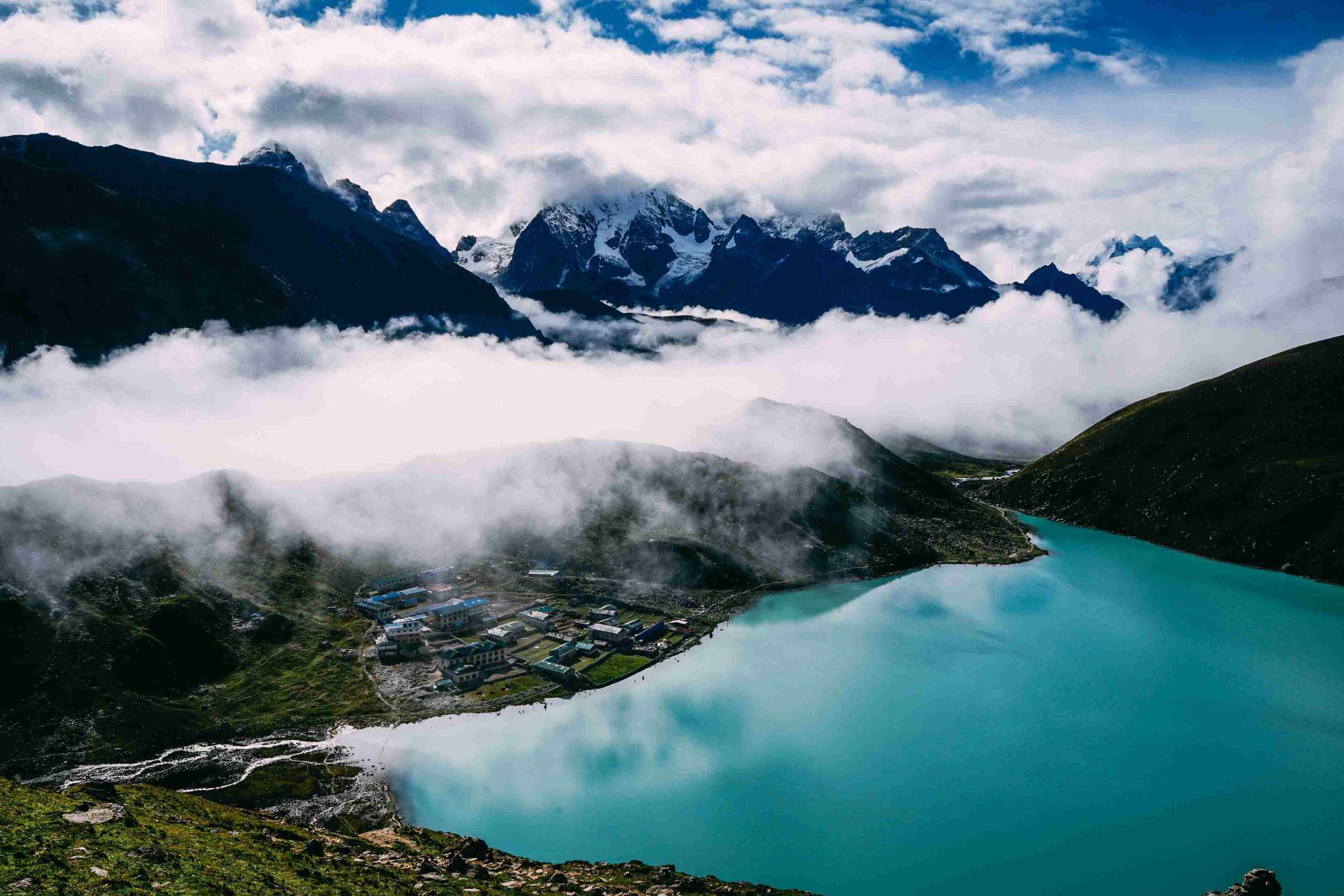 IMAGE: UNSPLASH
IMAGE: UNSPLASH
Gokyo Lakes Trek, Nepal
Difficulty: ∆∆∆∆∆
Best time to visit: Spring (Mar-May) or Autumn (Sep-Nov)
If you have the luxury of time, take a shot at this stunningly beautiful trek. Marvel at the pristine blue waters of the Gokyo Lakes and take in the sights of glaciers everywhere. The entire route will take 10 to 18 days, depending on whether you hike to Lukla from Kathmandu or if you begin the trek from Lukla.
Flying into Lukla is the easy option, but bad weather is so prevalent that you should prepare an extra day to account for this possibility. The alternative is to trek overland from outside Kathmandu on the “pioneers’ route” but this would add an extra 7 days to your expedition.
As the trek is said to be easier than Everest Base Camp and more under the radar, this makes it an ideal hike if you’re craving tranquillity yet want to experience the wonders of the Everest region.
Tip: Bring a solar charger to power up your electronics as the guesthouses usually charge a fee.
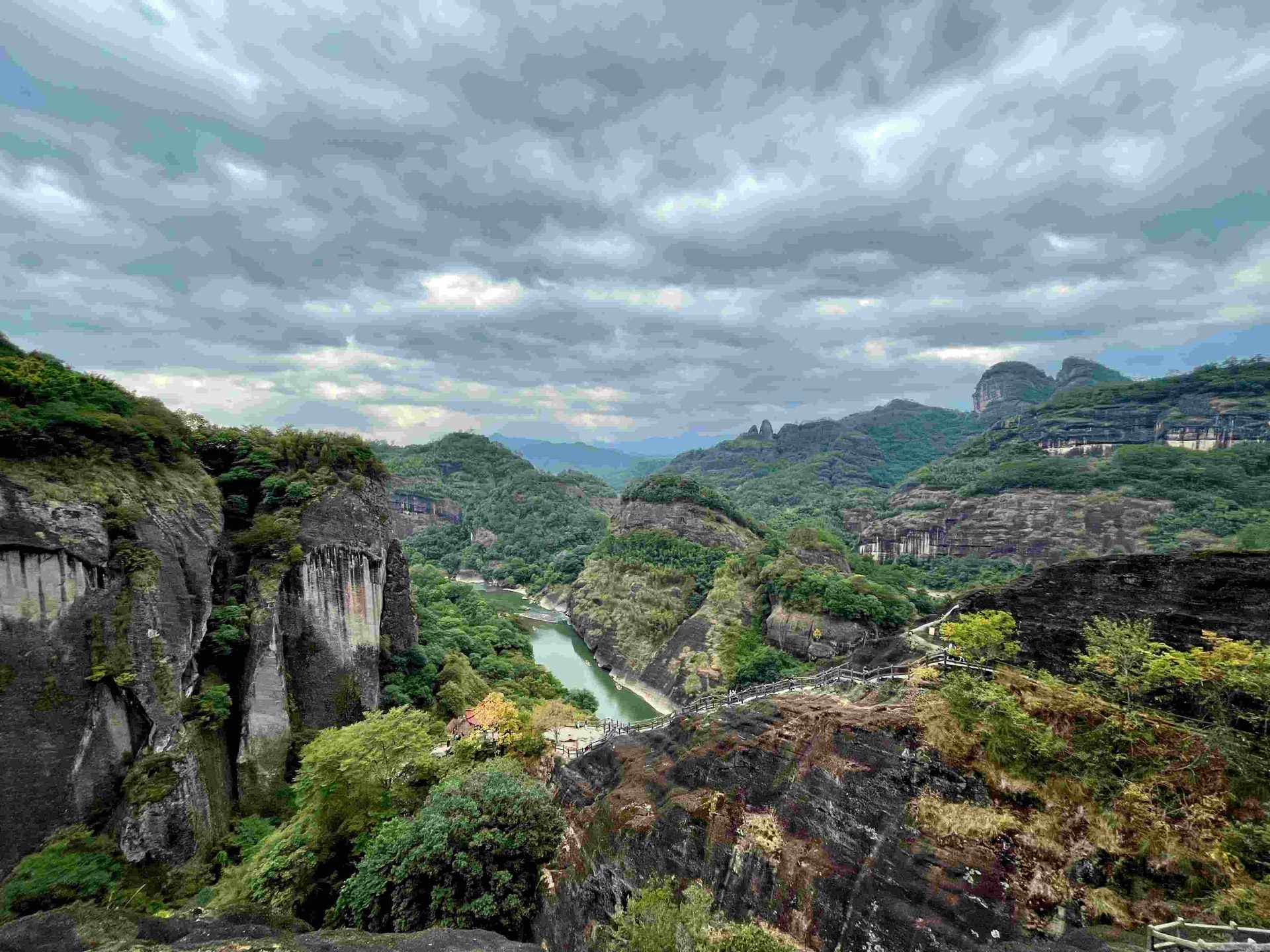 IMAGE: UNSPLASH
IMAGE: UNSPLASH
Wuyi Mountains, China
Difficulty: ∆∆
Best time to visit: Perfect all year round
Did you know that Wuyi Mountains (“Wuyishan”) in the Fujian province is not only home to magnificent canyons, towering waterfalls, and idyllic nature, but it’s also a tea haven? It’s home to the most famous Oolong tea in China, the Da Hong Pao tea. Not to mention, it also boasts a UNESCO status for its abundance of flora and fauna population.
Wuyi Mountains encompasses a large area and to traverse the entire range, one might require several weeks. However, the good thing about visiting Wuyishan is that you can choose from several short hikes that take 3 to 4 hours at most.
Arguably the most famous hike in Wuyi Mountains, Tianyou Peak is a “must-see” for its jaw-dropping views from the summit. At the peak, you will also get a good view of the Nine-Bend River flowing through the national park.
Tip: While you’re there, don’t forget to try bamboo rafting on the Nine-Bend River for a once-in-a-lifetime experience.
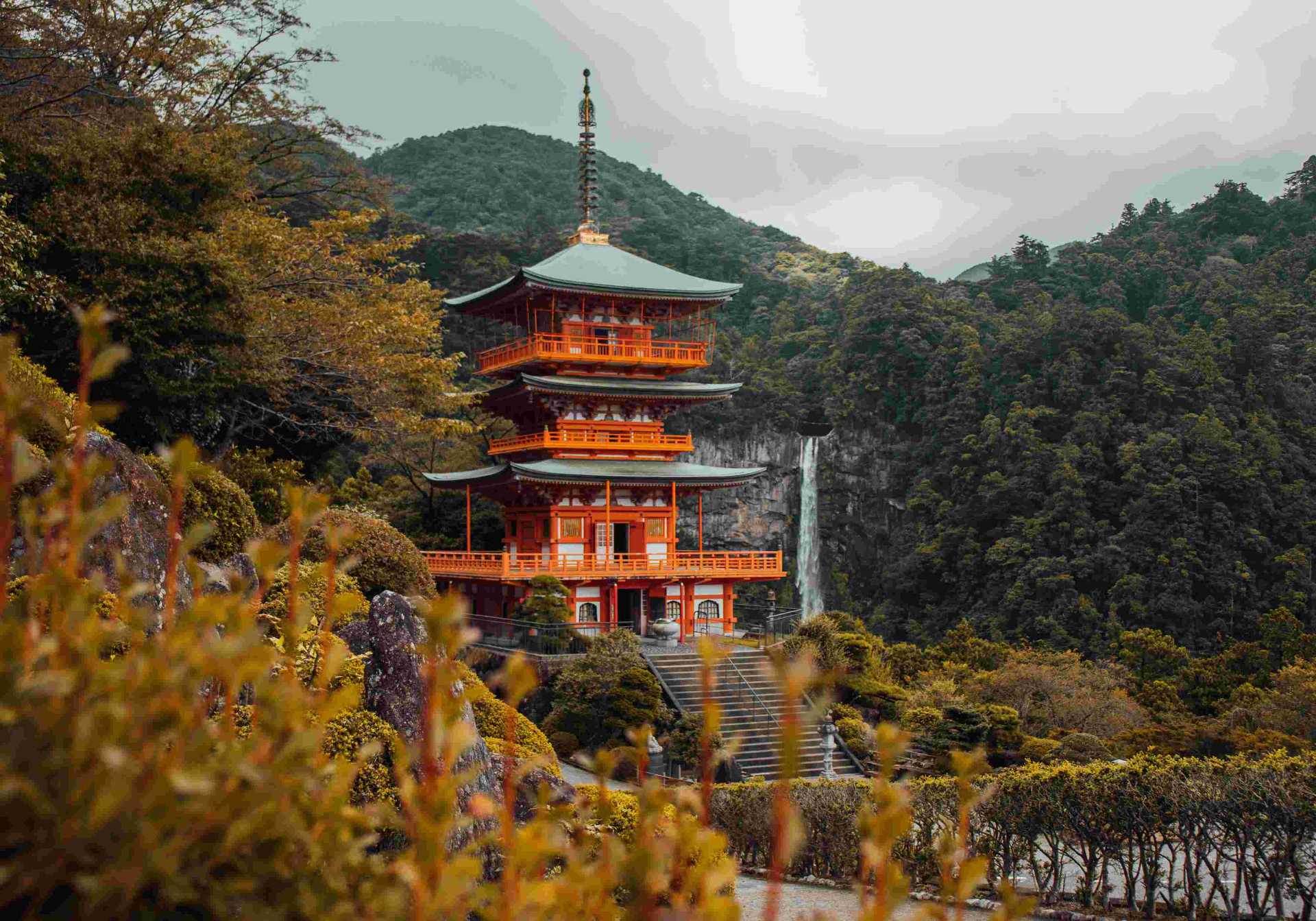 IMAGE: UNSPLASH
IMAGE: UNSPLASH
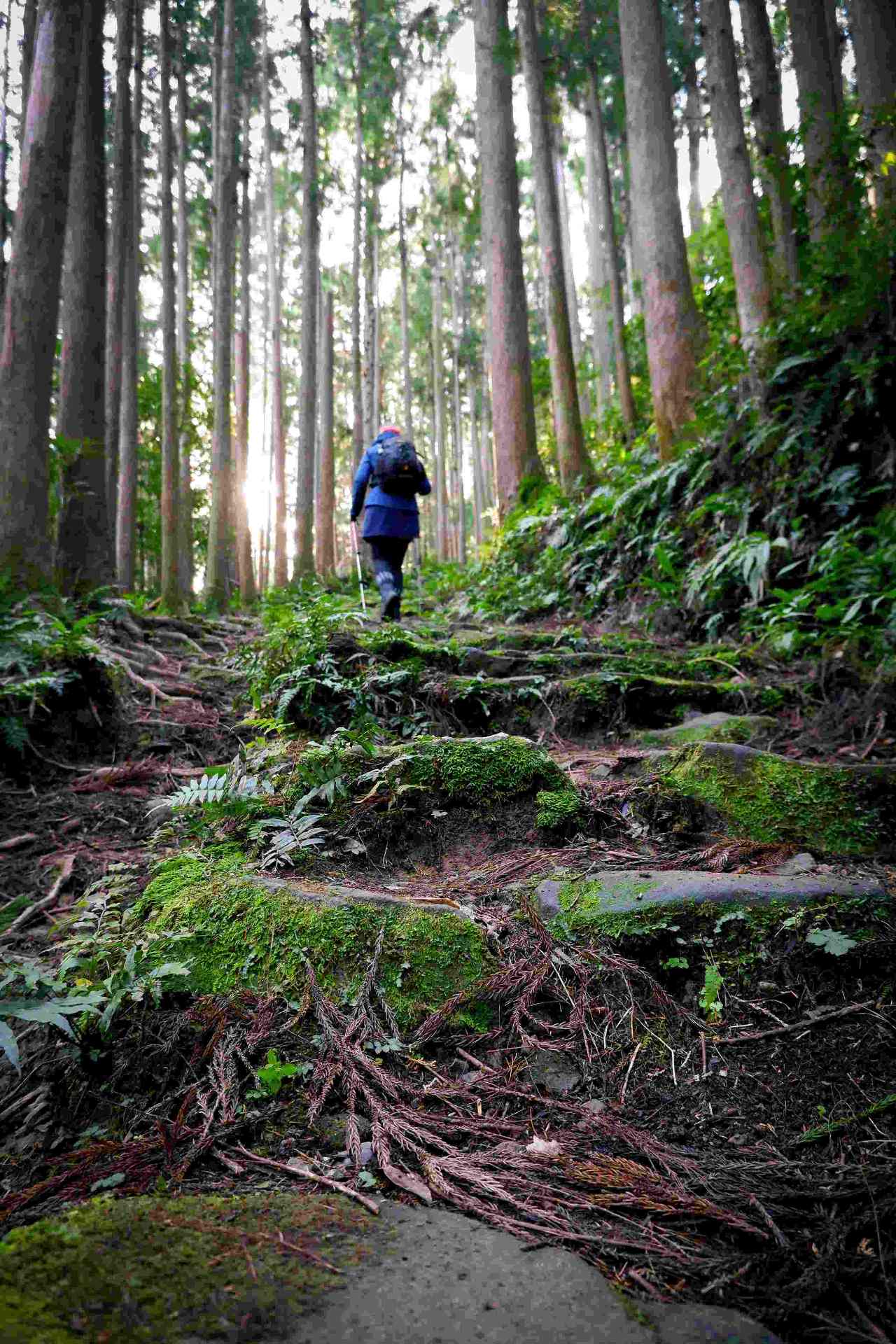 Walking the Kumano Kodo (Nakahechi trail) in Wakayama, Japan. | IMAGE: UNSPLASHnschuster
Walking the Kumano Kodo (Nakahechi trail) in Wakayama, Japan. | IMAGE: UNSPLASHnschuster
Kumano Kodo, Japan
Difficulty: ∆∆∆
Best time to visit: Spring (Mar-May) or Autumn (Sep-Nov)
Trekking through the Kii peninsula, south of Osaka, hikers will get to experience ancient shrines and towering cedar trees in what is dubbed a “pilgrimage trail”. The trail holds great spiritual importance as it connects three famous Kumano shrines.
The most popular route, Nakehachi takes most people 4 to 5 days to complete. There are other routes for hikers with more advanced fitness levels, such as the mountainous Kohechi path.
Out of all the trails mentioned here, this is probably the most accessible to public transportation, which means there are many possible variations of the hike as trekkers can always stop mid-way and hop on a bus to somewhere else.
Tip: Spend a night in one of the quaint ryokans at Yunomine Onsen, and soak in one of the oldest hot springs in Japan.
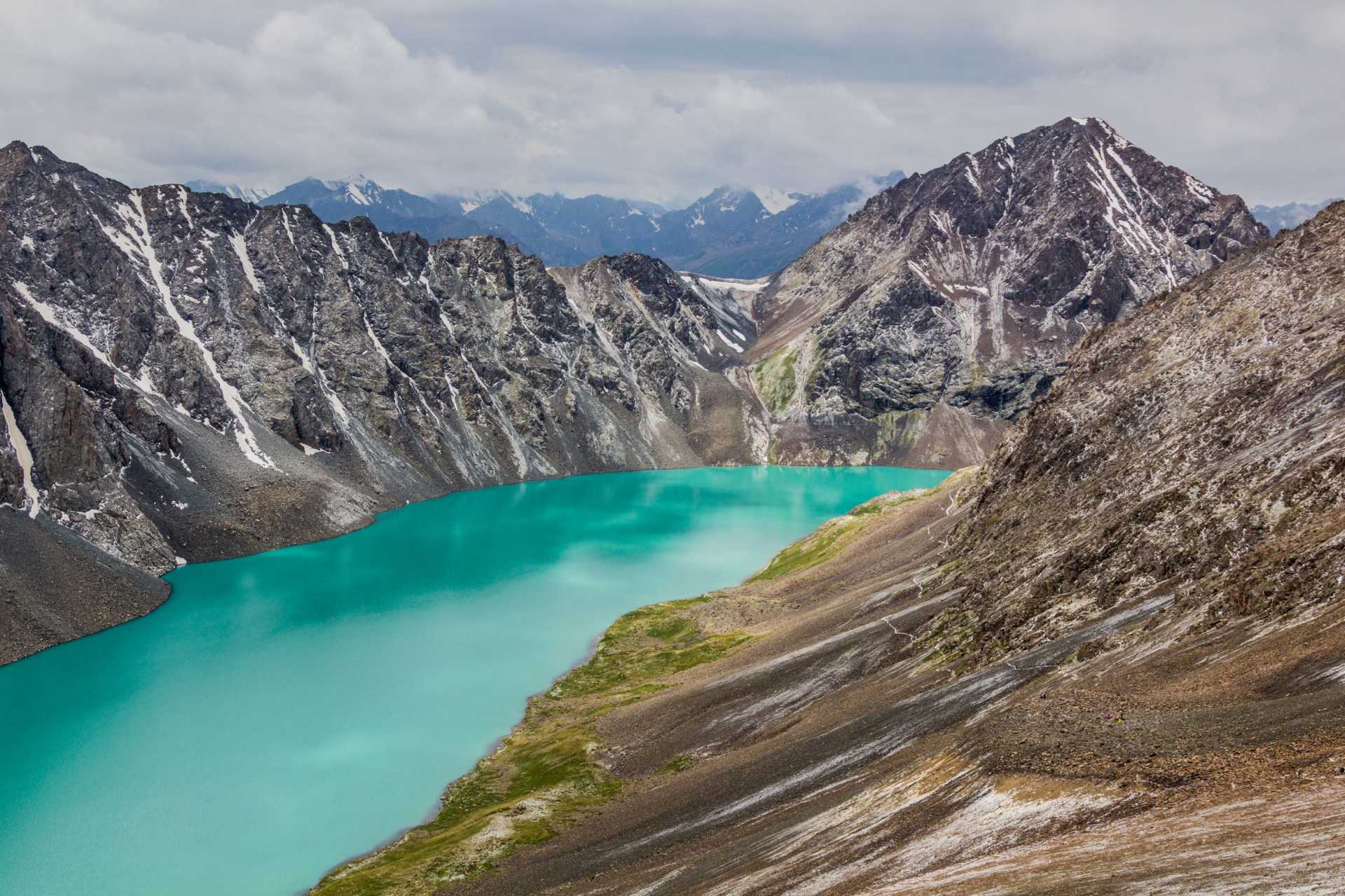 Ala Kul Lake. | IMAGE: 123RF
Ala Kul Lake. | IMAGE: 123RF
Ak-Suu Traverse Trek, Kyrgyzstan
Difficulty: ∆∆∆∆
Best time to visit: Mid July to early September
If you want to truly disconnect from the outside world, this is the perfect trek to embark on. As tourist numbers in Kyrgyzstan are still relatively low, you’ll be surrounded by unspoiled nature without throngs of travellers disrupting the serenity. This route will take you past varying landscapes – from the green valleys of Jyrgalan, to the snow-capped peaks of Tashtambek-Tor-Bashi, and the vividly turquoise Ala Kul Lake, a magnificent alpine lake famed for its colour.
One will need a decent fitness level before attempting this 7-day trek as the higher altitude may cause ragged breathing and trekkers may encounter loose gravel on some parts of the trail.
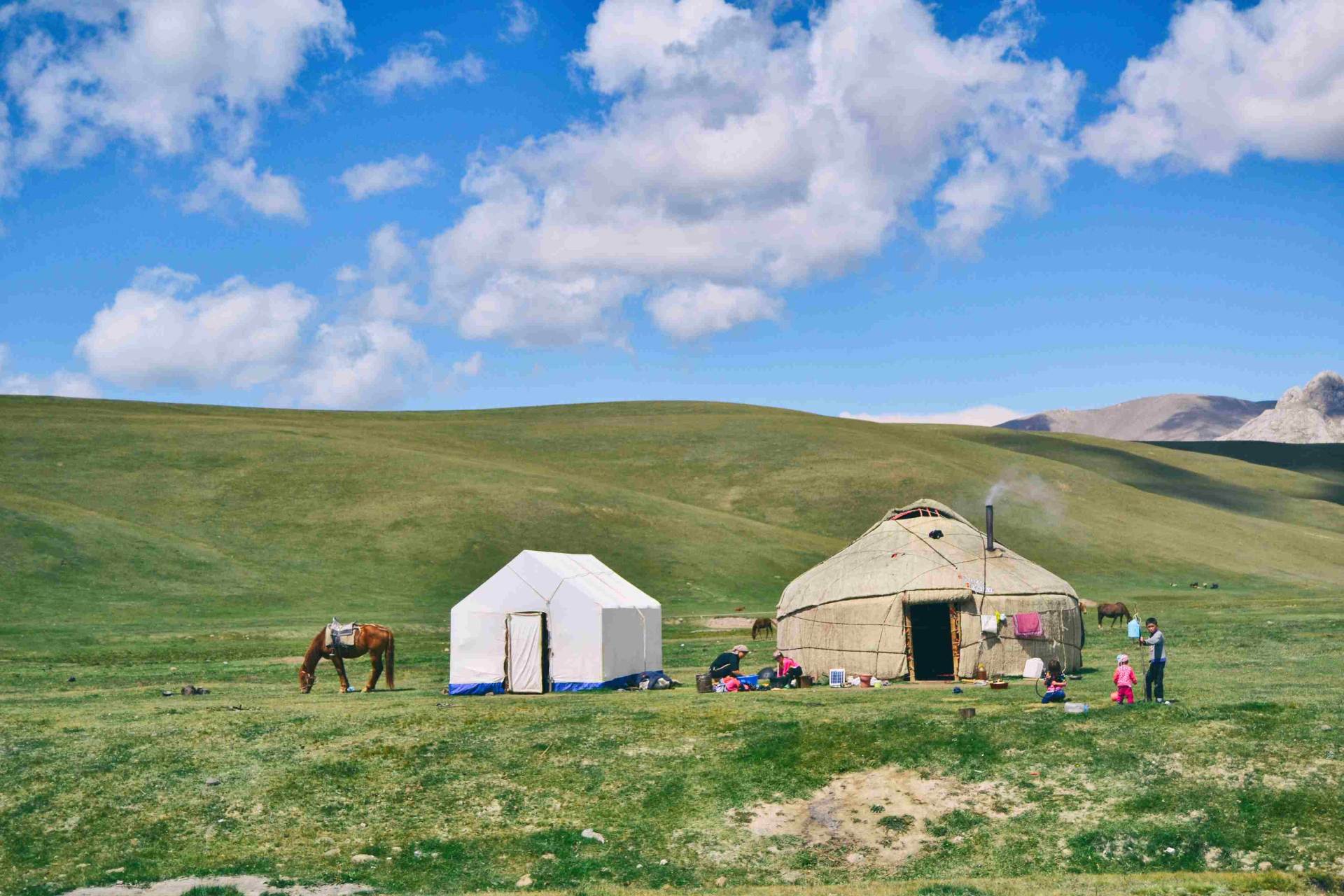 IMAGE: UNSPLASHz
IMAGE: UNSPLASHz
Accommodation comes in the form of yurt camps on some segments of the trek; otherwise, trekkers would have to set up camp on their own. On day 4 of the trek, there is some reprieve as you’ll pass by the hot-springs town of Altyn Arashan, where warm beds await you.
Tip: As the elevation gain throughout the entire trek is quite significant, buffer in additional days for your body to acclimatise to the altitude and minimise altitude sickness.
For the latest updates on Wonderwall.sg, be sure to follow us on TikTok, Telegram, Instagram, and Facebook. If you have a story idea for us, email us at [email protected].







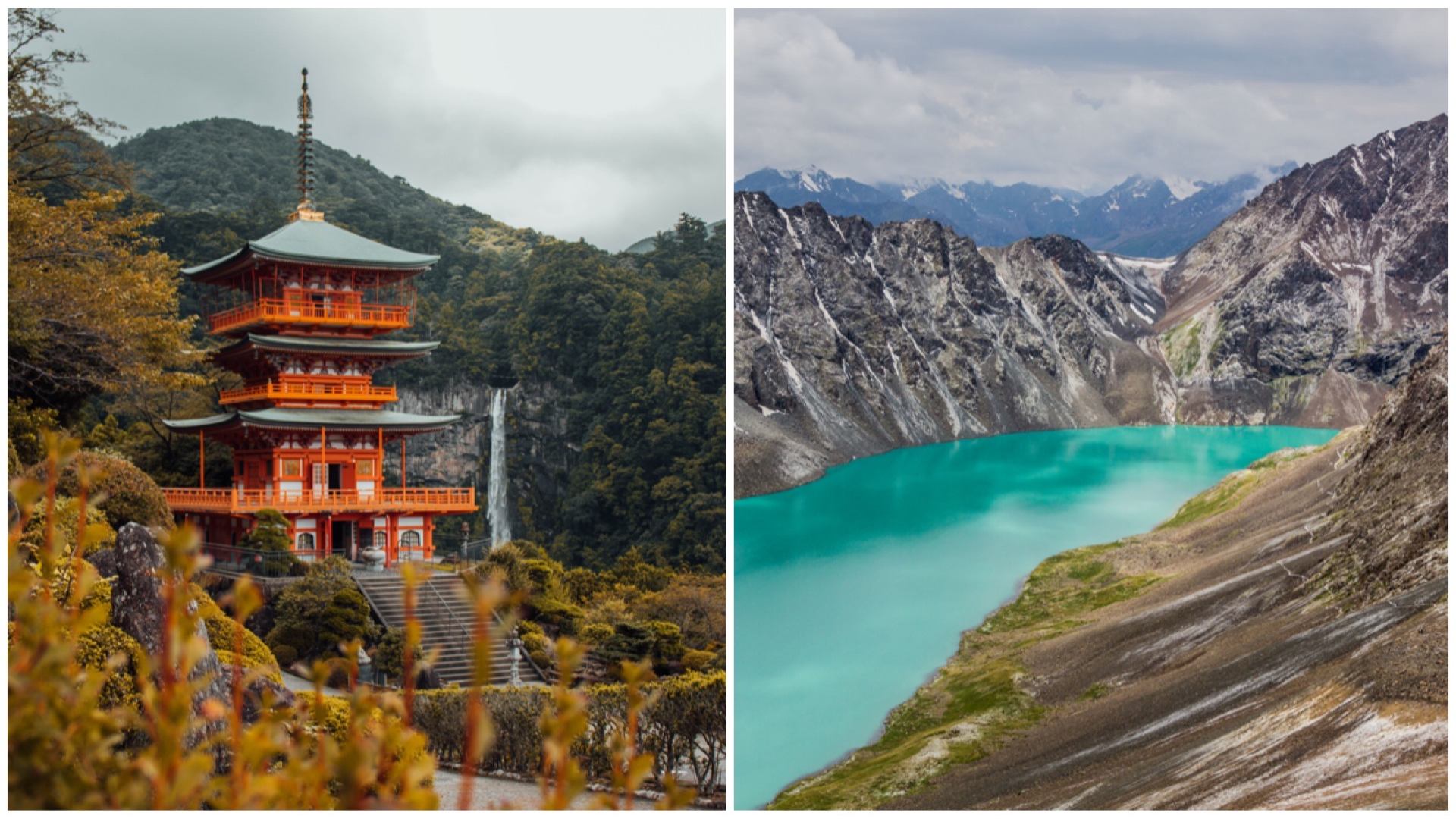
.jpg?sfvrsn=19bc84b0_1)
